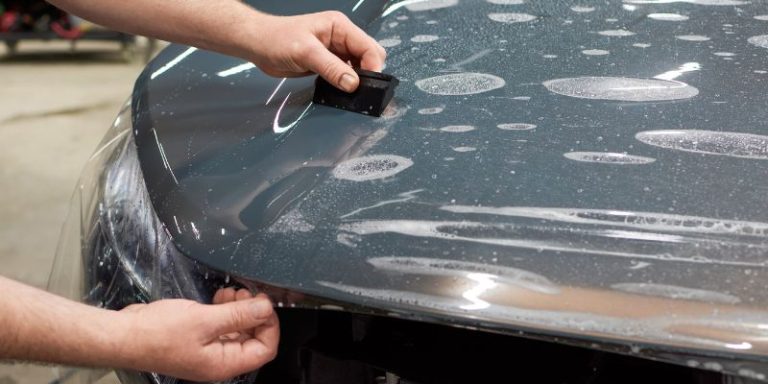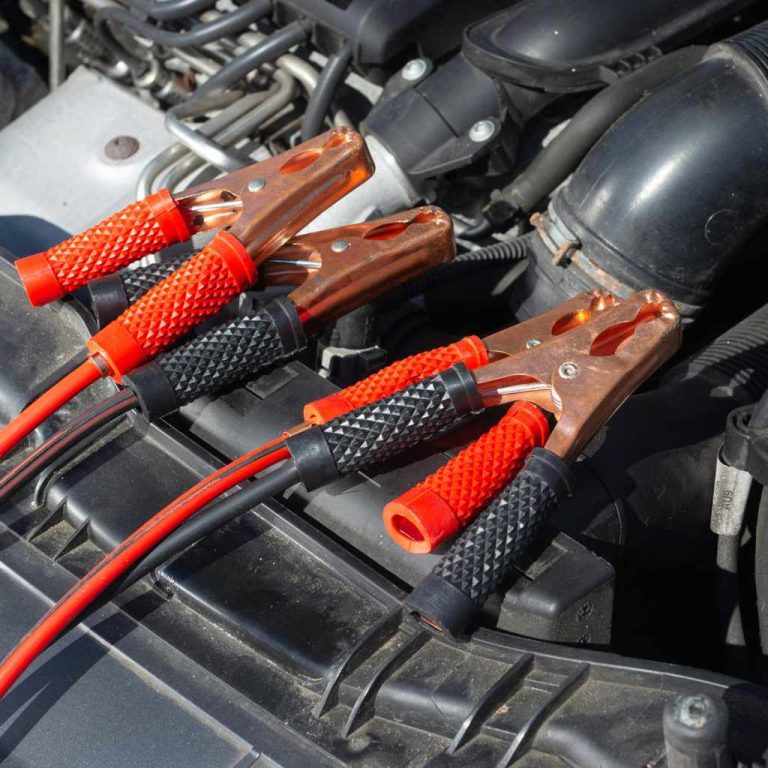How to Parallel Park a Car Like a Pro in Simple Steps
To parallel park a car, align your vehicle with the car you intend to park behind, making sure to leave enough space. Use the small triangular window on the back of your car to assess when you’re in the right position to start turning your wheel and reverse.
This trick helps you park accurately and efficiently. Mastering parallel parking is essential for passing your driving test and becoming a confident driver. In this blog post, we will provide step-by-step instructions and helpful tips to parallel park like a pro.
Whether you’re a beginner or looking to improve your parking skills, this guide will equip you with the necessary knowledge to parallel park with ease.
Introduction To Parallel Parking
Parallel parking is an essential skill for drivers to master, as it allows them to park in tight spaces efficiently. Despite common misconceptions, parallel parking is not as difficult as it seems. One trick that some drivers use is to utilize the small, triangular window on the back of their car to determine when they are in the correct position to start turning the wheel and reverse. Additionally, there are various methods and techniques that can be employed to parallel park successfully.
When parallel parking, it is important to find a parking spot that is large enough for your vehicle and align it with the car you intend to park behind. It’s best to avoid getting too close to the other car, but if it is a similar size, you can align your mirrors. Slowly reverse into the middle of the spot and straighten out your wheels before easing into the parking space. By practicing and familiarizing yourself with the process, parallel parking can become a straightforward task.
Remember, parallel parking is a common requirement in driving tests, so it is crucial to be confident in your ability to perform this maneuver. With practice and patience, you can become proficient in parallel parking and navigate tight parking spaces with ease.
Pre-parking Preparation
Mastering the art of parallel parking is crucial for any driver. By carefully following the step-by-step instructions and using the small, triangular window on the back of your car as a guide, you can easily assess when to start turning your wheel and reverse, making parallel parking a breeze.
| Pre-Parking Preparation |
| Choosing the right spot: Look for a space that’s at least 1.5 times the length of your car. |
| Positioning your car alongside the other vehicle: Align your car parallel to the vehicle in front of the space. |
The Parallel Parking Process
Parallel parking can be a challenging maneuver for many drivers. However, by following these step-by-step instructions, you can master the skill:
- Find a suitable parking spot that is large enough for your vehicle.
- Align your car parallel to the car you intend to park behind, leaving a safe distance.
- Check your mirrors to ensure you have a clear view of the surrounding area.
- Begin reversing slowly, while turning the steering wheel all the way to the right.
- Continue reversing until your vehicle is at a 45-degree angle to the curb.
- As your front door aligns with the rear bumper of the car in front, turn the steering wheel all the way to the left.
- Keep reversing until your vehicle is parallel to the curb.
- Adjust your position if needed, ensuring you are a safe distance from the curb.
- Once parked, make sure to engage the parking brake and shift into park or neutral.
- Remember to check your mirrors and blind spots before exiting the parking space.
Using Reference Points
When parallel parking a car, it’s important to identify the vehicle’s pivot point in order to maneuver accurately. To do this, use the mirrors and windows as guides. When aligning your car with the vehicle in front, ensure that the two cars’ mirrors are parallel. This will help you gauge the distance needed for the maneuver. Additionally, use the small triangular window on the back of your car to assess the correct position for turning the wheel and reversing. These reference points are crucial for mastering the skill of parallel parking.
Fine-tuning Your Position
Parallel parking requires careful positioning and adjusting distance from the curb. When parking, make sure to leave about one foot between your car and the curb. This allows for enough space to maneuver and straighten your vehicle in the parking spot. When straightening, turn the steering wheel all the way to the right and gradually reverse until the car is parallel. Additionally, utilize the side mirrors to ensure proper alignment within the parking space. Remember, practice makes perfect!
Troubleshooting Common Issues
Parallel parking can be a daunting task, especially when dealing with tight spaces. One common issue is oversteering or understeering. Oversteering occurs when the driver turns the steering wheel too much, causing the car to swing wide into the neighboring parking spots. On the other hand, understeering happens when the driver doesn’t turn the wheel enough, causing the car to hit the curb or not fully enter the parking spot.
To avoid oversteering or understeering, it’s important to practice and get a feel for the car’s turning radius. Additionally, using the small triangular window on the back of the car can help assess when to start turning the wheel and reverse. Another tip is to match up with a car of the same size and align the mirrors for a reference point.
By following these tips and practicing regularly, parallel parking in tight spaces will become easier and less intimidating.
Practice Techniques And Drills
Mastering the art of parallel parking a car requires effective practice techniques and drills. By using cones or aligning with other cars, you can refine your skills and build confidence in tight parking spaces. These exercises can help you develop the precision and spatial awareness needed for successful parallel parking maneuvers.
Advanced Tips And Tricks
When parallel parking on a hill, it’s crucial to engage the parking brake and turn the wheels in the right direction to prevent the car from rolling. If the hill is uphill, turn the wheels away from the curb; if it’s downhill, turn the wheels towards the curb. Additionally, always be prepared to handle unexpected situations while parallel parking. Keep an eye out for pedestrians, cyclists, and other vehicles to ensure a safe and smooth parking process. By following these advanced tips and tricks, you can master the art of parallel parking in various challenging scenarios.
Parallel Parking Etiquette
Parallel parking requires careful maneuvering to fit into a tight space between two cars. When exiting, make sure to do so safely and respect the cars around you. Always be mindful of the space you leave when parallel parking to ensure courteous parking etiquette.
Conclusion
Mastering the art of parallel parking can be a daunting task for many drivers, but with practice and the right techniques, it can be easily achieved. By following the step-by-step instructions and tips provided in this guide, you can become a pro at parallel parking in no time.
Remember to take your time and be patient, and always check your mirrors and surroundings before attempting to park. With these skills under your belt, you’ll be able to confidently park in even the tightest of spaces. So go ahead and give it a try – you might just surprise yourself with how well you can parallel park!






